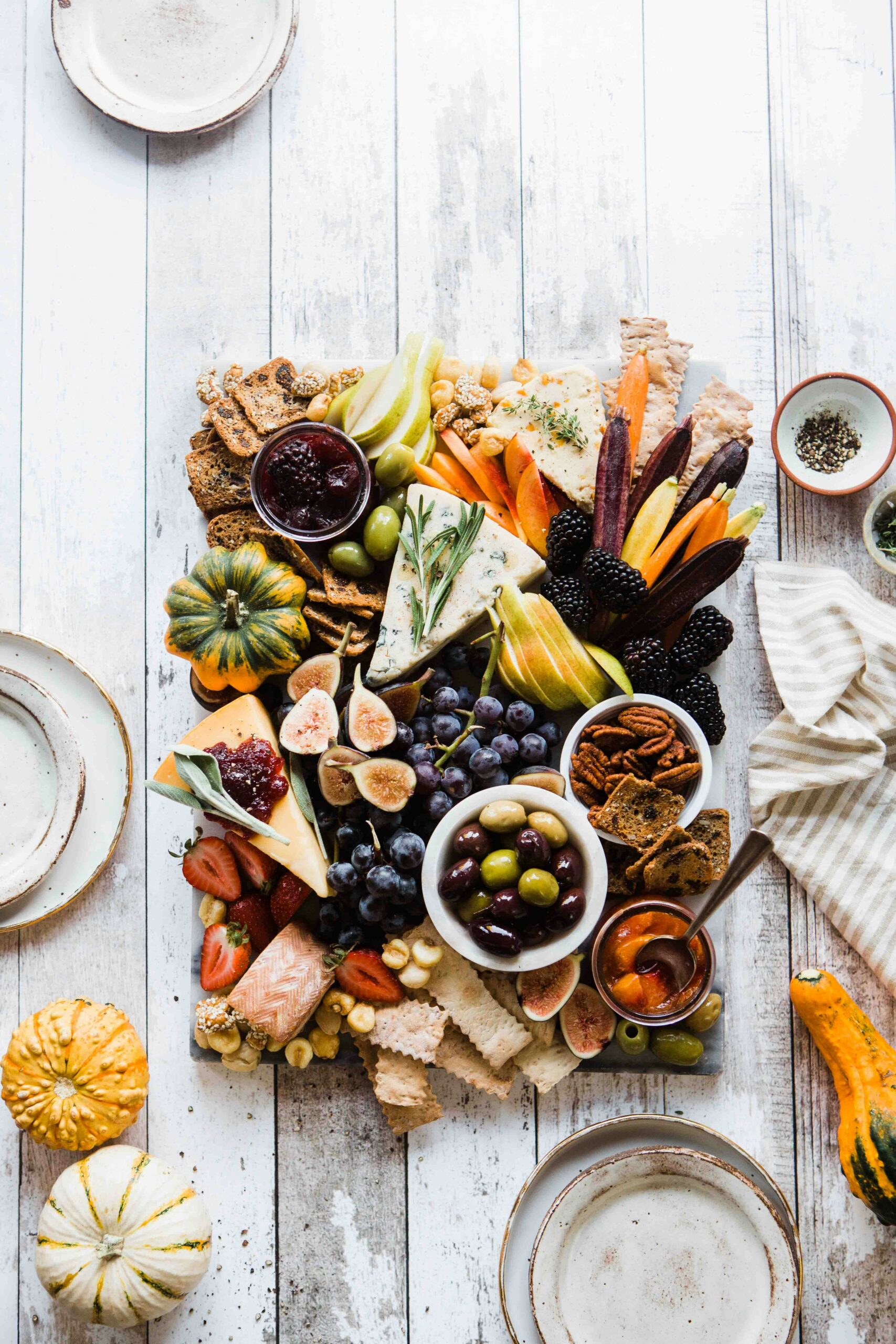Elevate Your Home Cooking with Global Flavors and Simple Techniques
Cooking at home often conjures images of bland meals and repetitive recipes. But what if I told you that the world’s kitchens are just a few spices and techniques away? The art of cooking is not just about following a recipe to the letter; it’s about exploration, creativity, and a healthy dose of courage. Let’s journey together through vibrant global flavors and discover how simple techniques can elevate your home cooking to something truly exquisite.
The Magic of Global Flavors
Flavors can transport us, evoke memories, and even connect us to cultures far and wide. Think about that time you bit into a warm, buttery croissant in a Parisian café or savored a spicy curry that danced on your taste buds. These experiences are not merely culinary; they are gateways to understanding diverse cultures.
Embracing Spices
Spices are the heart and soul of global cuisines. They have the power to transform the mundane into the extraordinary. Here’s a quick rundown of some essential spices from around the world:
- Cumin: Found in Middle Eastern and Indian cooking, it adds a warm, earthy flavor. Try it in a chickpea curry or sprinkled over roasted vegetables.
- Oregano: This Mediterranean staple works wonders in Italian and Greek dishes. It’s fantastic in marinades or sprinkled over pizzas.
- Turmeric: Known for its vibrant color and health benefits, turmeric brings a distinct flavor to Southeast Asian dishes, particularly curries.
- Cardamom: Often used in Indian desserts, its unique flavor can also elevate savory dishes like stews and rice.
- Chili Powder: Whether you prefer it mild or explosive, this spice can bring warmth to anything from tacos to soups.
I remember the first time I encountered cardamom—it was in a chai tea. The aroma alone had me spellbound, and I knew I had to incorporate it into my cooking. Spices are like little magic wands; they can turn a simple dish into something enchanting.
Simple Techniques for Flavorful Cooking
Now that we’ve got a taste of global spices, let’s dive into some simple cooking techniques that can maximize flavors without turning your kitchen into a battleground.
Marinating: The Flavor Infusion
Marinating is one of the simplest yet most effective techniques to enhance your dishes. It allows proteins and vegetables to soak up the flavors of herbs, spices, and acids. Typically, a marinade contains three key components: fat, acid, and seasoning.
For example, a classic Mediterranean marinade might include olive oil, lemon juice, minced garlic, and a sprinkle of oregano. Let your chicken or veggies soak for at least an hour (or even overnight), and you’ll find yourself with a dish that sings with flavor.
(And let me tell you, the waiting part can be excruciating, especially when you’re hungry!)
Roasting: The Flavor Concentration
Roasting isn’t just for Sunday dinners. It’s a way to coax out the natural sugars in vegetables, creating caramelization that heightens flavor. Think of roasted Brussels sprouts drizzled with balsamic vinegar or sweet potatoes tossed in cumin and paprika. It’s like giving your vegetables a warm hug.
To roast, simply toss your veggies in oil, add your spices, and spread them on a baking sheet. The oven does the rest. Just be sure to check on them occasionally—burnt Brussels sprouts can turn from a culinary triumph to a sad, charred mess.
Sautéing: The Quick Flavor Boost
When time is of the essence, sautéing becomes your best friend. This technique involves cooking quickly in a small amount of oil or fat over high heat. Sautéing onions and garlic, for instance, creates a flavor base for countless dishes, from risottos to sauces.
Just be careful not to overcrowd the pan; otherwise, you’ll end up steaming your ingredients rather than sautéing them. (Trust me, I learned this the hard way during my first attempt at stir-frying—what a soggy disaster.)
Global Dishes to Try at Home
Now that you have some foundational techniques and an arsenal of spices, let’s explore some specific dishes from around the globe that you can easily whip up in your kitchen.
Thai Green Curry
This dish is a fragrant, spicy concoction that can be tailored to your tastes. The key ingredient is the green curry paste, which combines green chilies, lemongrass, galangal, and other herbs. Start by sautéing your paste in coconut oil, then add your choice of protein and vegetables. Pour in coconut milk, let it simmer, and voila! Serve with jasmine rice for a complete meal.
Spanish Paella
This vibrant rice dish is perfect for gatherings. Traditionally made in a wide, shallow pan, paella allows flavors to meld beautifully. Start with a base of saffron-infused broth, and add your choice of seafood, chicken, and vegetables. Let it cook until the rice absorbs all the liquid, and don’t forget to create that coveted socarrat (the crispy bottom layer)!
Moroccan Tagine
Tagines are slow-cooked stews that are aromatic and packed with spices. Begin by browning your meat (lamb or chicken work beautifully) with spices like cinnamon and cumin. Add dried fruits, nuts, and vegetables, and let it simmer slowly in a traditional tagine or a Dutch oven. Serve with fluffy couscous to soak up the rich sauce.
Incorporating Global Flavors into Everyday Meals
Now, you might be wondering how to seamlessly integrate these global flavors into your everyday cooking without feeling overwhelmed. It’s simpler than you think!
Fusion Dishes
Don’t be afraid to combine elements from different cuisines. A Mexican-inspired taco night can easily incorporate Thai flavors—think shrimp tacos topped with a spicy mango salsa. The fusion of flavors not only creates excitement but also expands your palate.
Weekly Theme Nights
Consider dedicating a night each week to a different cuisine. Whether it’s “Italian Night” with homemade pasta or “Indian Night” featuring butter chicken, this approach can keep your cooking fresh, fun, and educational. You may even discover a newfound appreciation for certain spices or techniques!
Getting Creative with Ingredients
While it’s essential to have some staple ingredients on hand, don’t shy away from experimenting with whatever you have in your pantry. Global cooking often thrives on improvisation. Here are a few ideas to get you started:
- Substitute proteins: Use tofu in a stir-fry instead of chicken, or chickpeas in a curry instead of lamb. The possibilities are endless!
- Explore seasonal vegetables: Incorporate what’s fresh and local. Seasonal produce often tastes better and can inspire new dishes.
- Try different grains: Swap rice for quinoa or farro in your dishes. Each grain brings a unique texture and flavor.
But remember, experimentation doesn’t mean throwing caution to the wind. Some combinations can turn out… well, let’s just say, not all culinary adventures are successful. (I once tried to fuse Italian and Japanese cuisine with sushi pizza—let’s just say the results were memorable, but not in a good way!)
Final Thoughts: The Joy of Cooking
Elevating your home cooking with global flavors and simple techniques is about more than just taste; it’s about the joy of creation, the thrill of discovery, and the pleasure of sharing meals with loved ones. Cooking should be an adventure, not a chore. So, put on your apron, grab those spices, and dive into the world of flavors.
As you experiment and taste your way through different cultures, you might find that the kitchen becomes more than just a place to prepare meals—it becomes a canvas for your culinary artistry. And who knows? You might just inspire someone else to embark on their own flavor journey.
Happy cooking!




